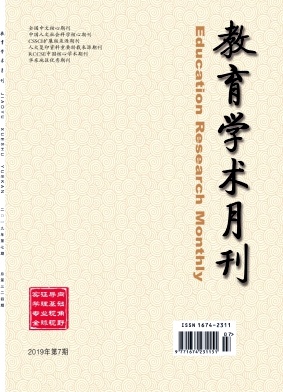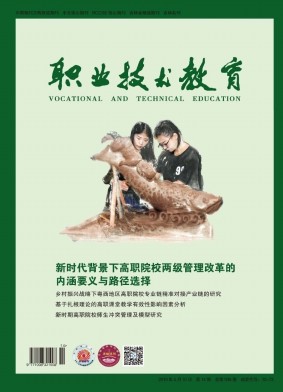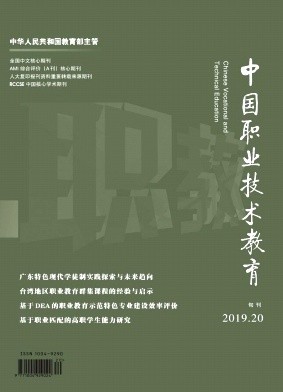摘要 基础设施建设领域是当前大国战略竞争的重要战场。面对日益拓展的中国"一带一路"倡议,美国开始重视海外基建并逐渐成为印太地区基建竞争的重要主体。自2017年特朗普上任以来,美国基于全球权势转变冲击和海外基建实践反思,沿袭"重返亚洲"逻辑,加强了对印太地区的基建投入,逐步设计出一套致力于对冲中国"一带一路"倡议的基建战略。美国的印太基建政策体系充分立足于金融、话语、盟友和基建工具等多种比较优势资源,以结构性权力逻辑嵌入并直接服务于美国的印太地区战略,当然,其最终目标则是护持美国霸权并遏制中国影响力。从目前看来,美国在印太地区强势开展基础设施建设受到基建资金、制度框架、目标国利益和具体运营模式的制约。 Infrastructure has emerged as a significant battlefield for contemporary great power strategic competition.To counter China’s Belt and Road Initiative(BRI),the U.S.began to highlight the role of overseas infrastructure projects and became a key actor in the Indo-Pacific infrastructure competition.After President Donald Trump took office in 2017,based on the concerns of global power shifts and the reflection of its overseas infrastructure activities,the U.S.government opted to improve its infrastructure input into the Indo-Pacific region,coordinated with the previous"Pivot to Asia"strategy and gradually established an alternative infrastructure strategy that aimed to compete with China’s BRI.The U.S.Indo-Pacific infrastructure policy system is grounded on multiple resources of comparative advantages including finance,discourse,allies and infrastructure.It directly attempted to embed the logic of structural power into the U.S.Indo-Pacific strategy,which also had the goal of maintaining U.S.hegemony and to contain China’s influence in this region.Presently,the U.S.is regionally constrained with respect to infrastructure financing,institutional frameworks,the interests of targeted states and specific operation modes.
机构地区 南京大学政府管理学院
出处 《南开学报:哲学社会科学版》 北大核心 2021年第2期85-97,共13页 Nankai Journal:Philosophy,Literature and Social Science Edition
基金 国家社会科学基金一般项目(18BGJ033)。
关键词 美国 印太地区 基础设施建设 大国战略竞争 U.S. Indo-Pacific Region Infrastructure Projects Great-Power Strategic Competition
分类号 F42 [经济管理—产业经济]




